Considering Concrete Floors? 3 Green-Minded Questions to Ask
http://decor-ideas.org 05/24/2014 23:06 Decor Ideas
Concrete floors are becoming increasingly popular due to their versatility and durability. They can even reduce material consumption when an existing slab is utilized. If you are considering concrete floors for inside your home, there are three questions you can ask to make sure the concrete is a healthy choice for you and the planet.
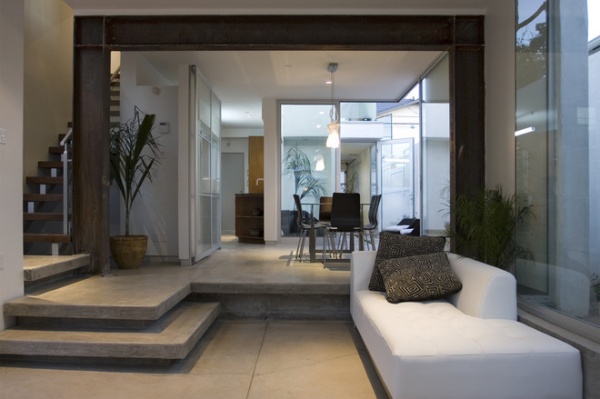
1. What’s in the mix? When selecting a concrete mix, your construction team will factor in strength and performance specifications for the cured material. They may also consider sustainability factors, including whether to add coal fly ash to the mix.
There is some debate over the greenness of coal fly ash. Fly ash is a by-product of coal burning, and it contains heavy metals like lead and mercury. But when added to concrete mixes, it has several advantages, including that it increases recycled content and reduces the amount of Portland cement needed in the mix.
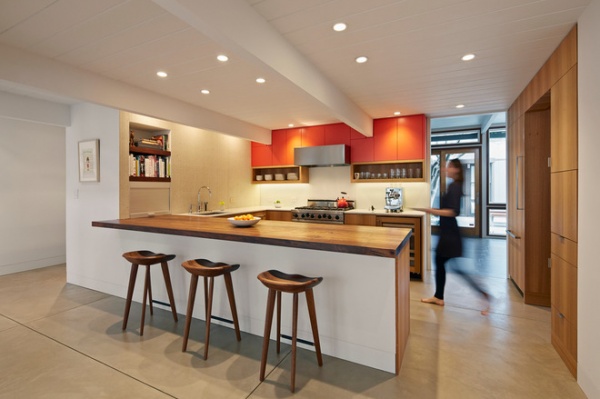
When not used in concrete, fly ash is disposed of either in landfills or in wet ash ponds, where it can leach into surface water and groundwater. Recently the Environmental Protection Agency (EPA) came out in favor of recycling the material through use in concrete.
Some environmentalists are eager to encapsulate the fly ash inside concrete; theoretically leaching rates would be much lower than through traditional disposal means. Proponents of fly ash recycling also point out that it reduces the amount of Portland cement needed in concrete. Portland cement is a very energy- and carbon-intensive product to produce, so some argue that fly ash therefore reduces the carbon footprint of the entire concrete mix.
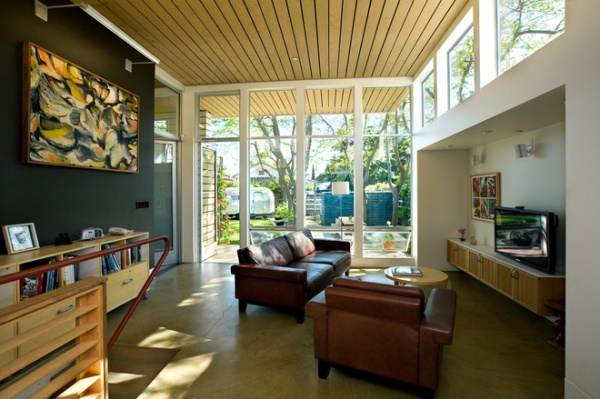
Yet there are fly ash skeptics in the green building community, too. For one, the carbon footprint of coal fly ash may in fact be higher than that of Portland cement, when calculations include the carbon released from burning coal. When the full life cycle of fly ash is taken into account, it shakes the argument that the carbon footprint of a concrete mix is in fact lowered through its use.
In addition, because fly ash is a hazardous material, some wonder whether it renders the concrete hazardous too, during both use and disposal. The main concern is whether the fly ash leaches heavy metals after the concrete cures, introducing these toxic substances into homes. Finally, some environmentalists argue that green builders are buying into the coal industry’s efforts to rebrand hazardous waste as recycled material.
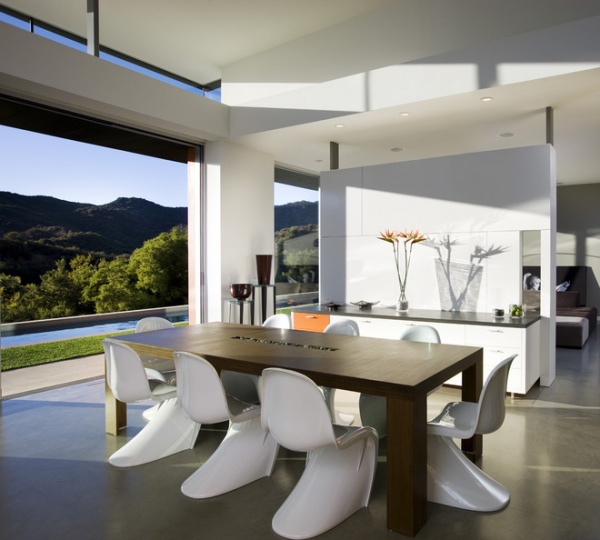
There are a few steps you can take to reduce your exposure to heavy metals, should you decide to use fly ash in your concrete mix. You can be aware that future renovations and demolition of the concrete will release its component ingredients; it’s a good idea to treat dust from concrete containing fly ash as hazardous. And if you have concerns, select mixes with higher amounts of fly ash for exterior concrete, and lower amounts for concrete in interiors.
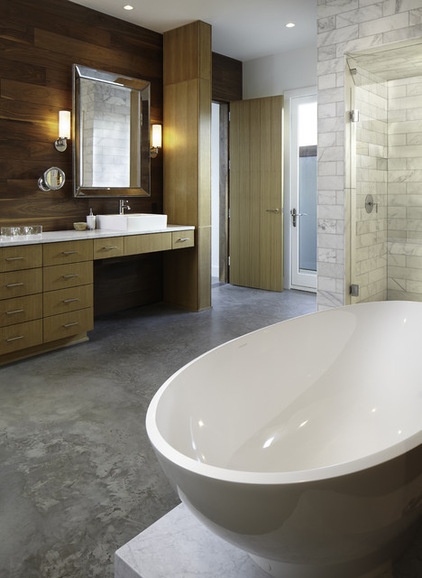
2. What’s in the sealant or colorant? Once you decide on a concrete mix that meets your environmental goals, it is important to research waterproofing coatings and colorants. I recommend selecting a sealant coating and colorant that’s low in volatile organic compounds (VOCs), and to avoid film and wax coatings that need periodic reapplication.
Even when a product is described as “0 g/L VOC” (“g/L” stands for “grams per liter”) it may still contain VOCs. The EPA’s reporting requirements for VOCs are limited to solvents that have a high potential to form ground-level ozone and smog. Organic solvents that have low smog and ozone-forming potential are classified as exempt in calculating the VOC content of a product, although they are still volatile and organic.
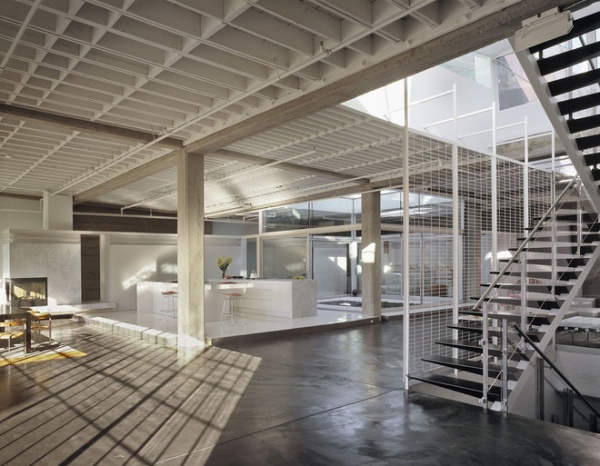
By selecting a low-VOC coating, you will avoid many of the heavy, carcinogenic solvents that can be found in high-VOC coatings. What constitutes low VOC? The industry standard that the U.S. Green Building Council’s LEED rating system uses is the South Coast Air Quality Management District Rule 1113, which as of January 1, 2014, set the limit for floor coatings at 50 g/L.
What’s LEED All About, Anyway?
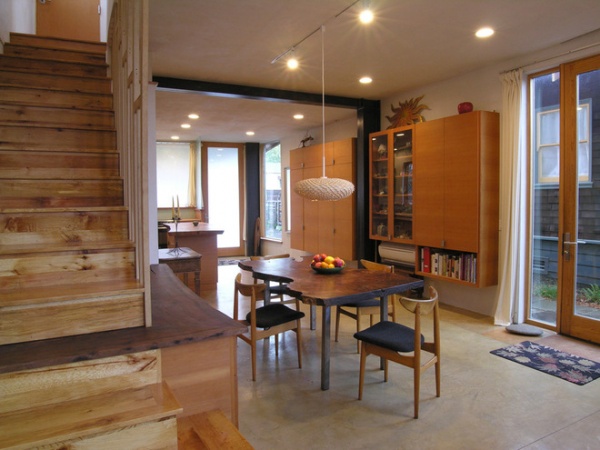
If you want to rule out hazardous chemicals that are not covered by VOC regulations, consider products designed for chemically sensitive individuals and those that meet the stringent chemical Red List of the Living Building Challenge. Some manufacturers offer soy- and bio-based sealers too. Also consider using natural-earth pigments instead of chemical colorants to create a warm, earth-like tone without VOCs.
“Always be on the lookout for hidden environmental costs,” says Dwayne Fuhlhage, sustainability and environment director at Prosoco, a manufacturer of specialty cleaners and protective treatments for masonry and concrete. “Some common concrete dust-proofer and hardener products are alkaline and require postapplication rinsing, with associated burdens to municipal treatment systems or offsite disposal,” he says. “Topcoats and waxes that require frequent stripping and reapplication are not a sustainable choice.”
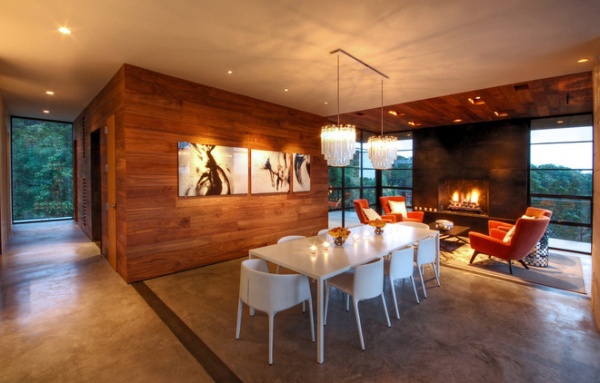
3. What are the best cleaning and maintenance practices? Now that you’ve invested time making your concrete floors healthy and beautiful, create a routine that preserves good indoor air quality. “A floor isn’t truly sustainable if the finish isn’t durable or is damaged through improper maintenance practices,” says Fuhlhage. “Conduct ongoing maintenance efficiency audits to assure that finished concrete isn’t being etched or abraded, and it will keep giving back to building owners for decades to come.”
Finished concrete floors can last as long as the building they’re housed in with proper maintenance. They contribute to good indoor air quality by minimizing dust and moisture sinks that can collect allergens and irritants.
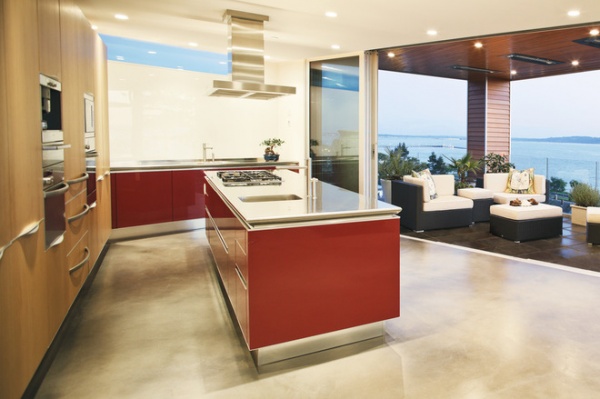
To avoid introducing chemical irritants into your home, select natural and safe cleaning products. You may also seek out manufacturers whose coating products come with companion maintenance and cleaning products. Look for cleaning products that don’t contain hazardous surfactants. Cleaning products that qualify for the EPA’s Design for Environment environmental labeling program have safer ingredients that have been tested for human health effects.
More: 5 Benefits to Concrete Floors for Everyday Living
Related Articles Recommended












